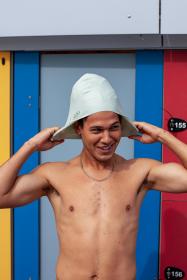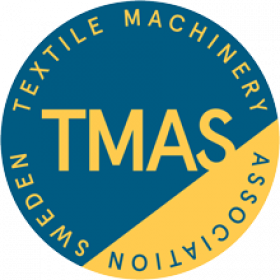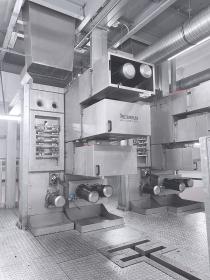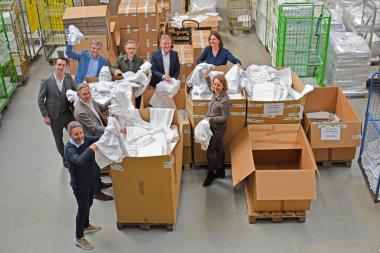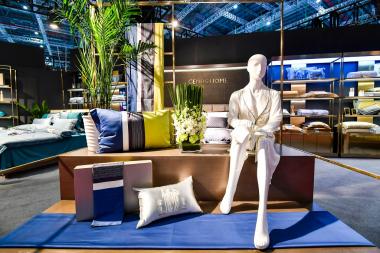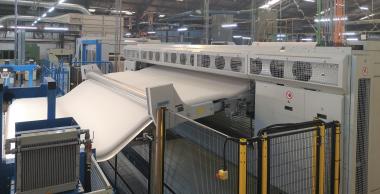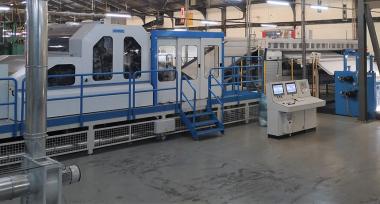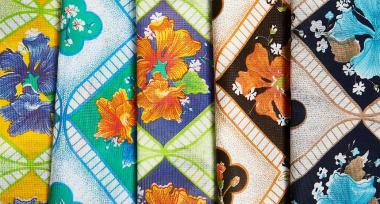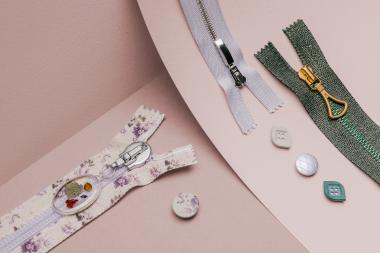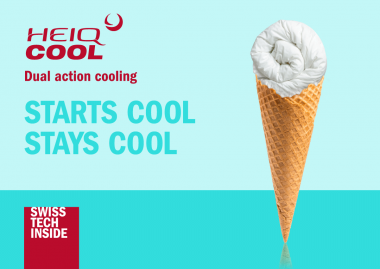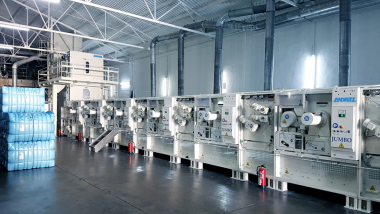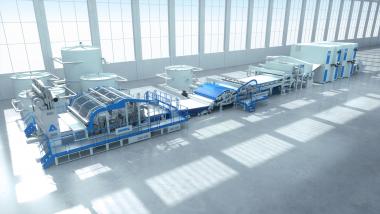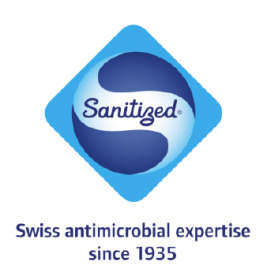adidas and SOUL CAP announce partnership to make swimming more accessible
- The adidas x SOUL CAP partnership aims to promote greater diversity and inclusivity in the world of swimming, by helping to break down social barriers in the sport.
- The debut swim cap has been designed for people with long or voluminous hair in a range of sizes, for adults and children, in an exclusive linen green colorway.
adidas announces its first swim cap made in partnership with London-based start-up SOUL CAP , which will be available from 26th September. This collaboration – which follows the launch of adidas’ full-cover and inclusive sizing swimwear ranges last summer – is part of the brand’s ongoing commitment to make water sports more accessible.
The idea for SOUL CAP was born in 2017 when founders Michael Chapman and Toks Ahmed took up adult swimming lessons, after not having learned how to swim as children. They noticed a problem during their classes – every swimmer wore the same size swim cap, no matter what hairstyle they had, which often resulted in people struggling with ill-fitting caps. This observation led to them creating SOUL CAP, a company that makes swim caps designed for people with long or voluminous hair.
The adidas x SOUL CAP swim cap is made from 100 per cent silicone, which creates less snag on the hair ensuring a more comfortable fit. Built with extra space, it provides a snug fit and tight seal to keep long and voluminous hair dry and healthy through every type of swim. The collection consists of an adult cap in sizes Regular-XXL and a children’s cap in sizes Regular-L, in an exclusive linen green colorway.
adidas AG


